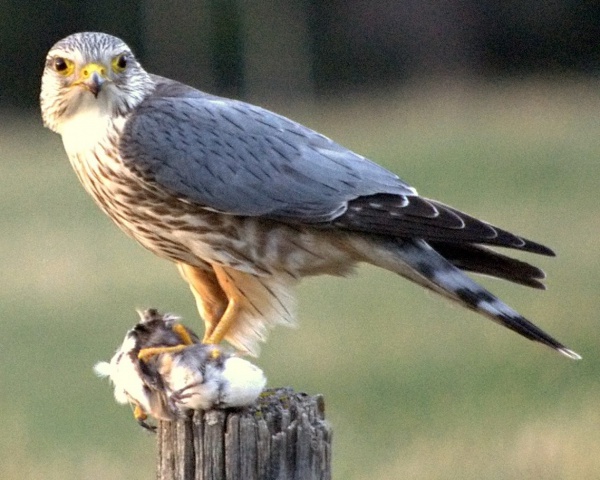Facts About Merlin
The merlin, also known as the pigeon hawk, is a small yet formidable falcon found throughout the Northern Hemisphere, with various subspecies populating both North America and Eurasia. Renowned for their speed and hunting prowess, these birds primarily prey on small birds such as sparrows and quail. Historically revered by falconers, merlin populations have recently experienced a significant resurgence. Some merlins have even adapted to urban environments, opting for a sedentary lifestyle rather than migrating.
Regarding classification, the merlin's taxonomy is complex, with ongoing debates about its relationships to other falcons. Its scientific name, Falco columbarius, alludes to its predilection for doves. There are distinct subspecies within the American and Eurasian populations, each exhibiting unique traits and habitats.
Merlins are medium-sized falcons. Males typically have a wingspan of 53–58 centimeters, with females being slightly larger. The sexes exhibit sexual dimorphism: males display a blue-grey back, whereas females are more brownish-grey. These birds are incredibly agile and fast, making them efficient hunters of small to mid-sized birds. They also feed on insects, small mammals, and reptiles. However, their eggs and young are vulnerable to predation by corvids.
Breeding season for merlins begins in May or June. They form monogamous pairs and nest in dense vegetation or reuse old nests abandoned by other birds. A typical clutch comprises three to six eggs, and the chicks are ready to fledge approximately 30 days after hatching. Merlins are not considered rare and are listed as "Least Concern" by the IUCN. Their primary threats include habitat destruction and collisions with man-made objects.

 Panama
Panama